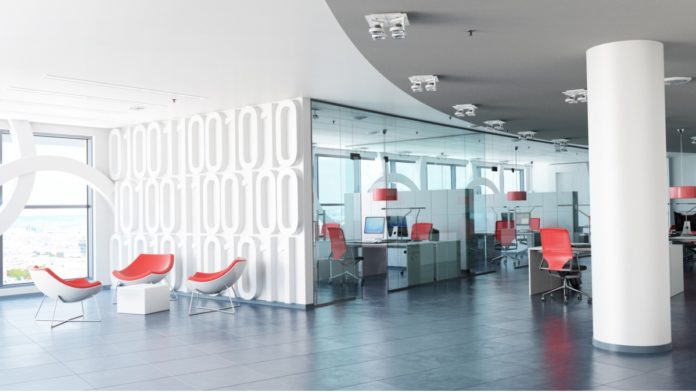
The push by HR technology vendors to help businesses bring employees back to work faces headwinds as the number of Covid-19 cases continues to rise and workers regard the idea of spending hours indoors with other people—distanced or not—as risky.
In June, fewer than half of the workers surveyed by PwC said they’d feel safe even if measures such as wearing masks or reconfiguring office layouts were implemented. At the end of July, less than 10% of Manhattan’s office workers had returned to their company’s locations, according to The Wall Street Journal.
#HRTech vendors talk of helping employees return to work, but employees aren't sure it's safe to leave the house. #HR #COVID-19 Share on XThe newspaper said many of the city’s technology companies, like Facebook and Microsoft, have told employees to continue working from home. Meanwhile, financial firms like Citigroup and JPMorgan Chase are allowing only a relatively few workers to come back.
Businesses that offered workers the option to return haven’t been bowled by the response. Verizon, for example, told its New York office employees they could come back as long as they followed rules regarding limited occupancy, seating and face masks. However, few employees responded, the Journal said.
“The purpose to go in would be to work with other people, [but] they’re not all going to be there. So what would be the purpose of going in?” John M. Vazquez, Verizon’s global head of real estate & supply chain, told the newspaper.
Office safety aside, workers are concerned about the hazards of commuting, especially when they depend on subways, buses or commuter railways.
While the Journal quotes “workplace experts” as saying most employees are confident in their company’s ability to keep them safe, some studies tell a different story. Research by management consultant Eagle Hill Consulting, for example, shows that “employees continue to have low confidence in their organization’s ability to manage this lingering crisis.”
Meanwhile, a July survey by Qualtrics found that 60% of workers are uncomfortable with the idea of returning to work, although 80% trust their company’s leadership to make the best decision possible. Interestingly, that’s up from 69% in May.
All of this indicates that the lion’s share of remote work arrangements will continue to be in place for the foreseeable future. Recently, Google announced 200,000 workers will work from home through at least July 2021. Previously, the company planned to bring workers back in January. Facebook and Twitter have also extended their work-from-home arrangements.
Wary Eye on Vaccines
The timing of reopening depends on more than the spread of Covid-19 and the efficacy of potential vaccines. It depends on how Americans react to research efforts, and the ability to manufacture and distribute the approved vaccine quickly.
Some reports indicate up to 50% of Americans would defer inoculation during the period soon after a vaccine was approved, and many authorities believe the logistics involved in distributing doses across the country will be daunting. So, it seems reasonable to believe the complete reopening of business will lag medical and regulatory milestones by several months.
That means technology costs are sure to continue rising as companies continue to expand their reliance on the cloud. In 2019, businesses spent about $96.4 billion on cloud infrastructure services, said the Journal. That exceeded the amount spent on in-house data centers. This year, those budgets rose even further as businesses turned to companies like Microsoft, Amazon Web Services, Zoom and Slack to connect employees and maintain operations.
Gartner said it expects the market for global public cloud services to grow 6.3% in 2020, to $257.9 billion. That’s up from $242.7 billion in 2019. In particular, Gartner believes the market for Desktop as a service (DaaS)—which is another name for hosted desktop services—will increase 95.4% to $1.2 billion, pushed by the growing need to securely support remote workers across enterprise applications, devices and locations.
Sign up for our newsletter here.
Image: iStock














